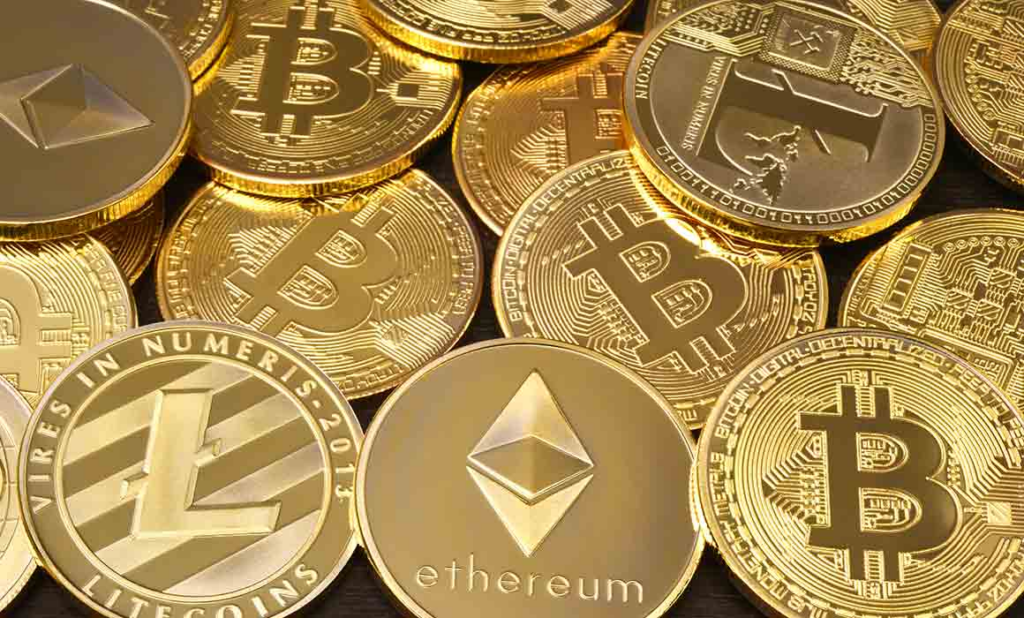
Bitcoin mining, often referred to as the process of “digging” for digital gold, is a fascinating and integral aspect of the cryptocurrency ecosystem. Let’s embark on a journey into the heart of Bitcoin mining, unraveling the complexities, economic dynamics, and the allure of this digital gold rush.
**1. Mining Essentials: The Genesis of New Bitcoins:
At its core, Bitcoin mining is the mechanism through which new bitcoins are introduced into circulation. Miners, equipped with powerful hardware, compete to solve complex mathematical puzzles, and the first to succeed earns the right to append a new block to the blockchain. This not only validates transactions but also creates fresh bitcoins as a reward.
**2. Proof of Work: The Architect of Trust:
The process of solving these mathematical puzzles, known as Proof of Work (PoW), is the bedrock of Bitcoin’s security model. It demands significant computational effort, creating a trustless environment where transactions are verified through the consensus achieved by miners across the decentralized network.
**3. Halving: The Scarcity Mechanism:
Approximately every four years, Bitcoin undergoes a “halving” event. This intentional reduction in block rewards ensures a diminishing rate of new bitcoin creation, creating a built-in scarcity mechanism. This scarcity is often likened to the scarcity of precious metals, adding to Bitcoin’s digital gold narrative.
**4. Mining Pools: Collaboration in the Cryptographic Frontier:
Mining, once a solo venture, has evolved into a collaborative effort. Mining pools bring together miners who combine their computational power to increase the chances of successfully mining a block. The rewards are then distributed proportionally, fostering cooperation in the competitive world of digital gold mining.
**5. Energy Consumption: The Environmental Debate:
The energy-intensive nature of Bitcoin mining has sparked debates about its environmental impact. While some operations rely on conventional energy sources, others are actively seeking sustainable alternatives, such as renewable energy. The ongoing discussion revolves around finding a balance between securing the network and environmental responsibility.
**6. Geographical Dispersion: A Decentralized Tapestry:
Bitcoin mining isn’t confined to a single geography. Mining operations are distributed globally, contributing to the decentralization of the network. Recent shifts, including regulatory changes in major mining hubs like China, have further diversified the global map of Bitcoin mining.
**7. Technological Evolution: From CPUs to ASICs:
The hardware used in mining has undergone a significant evolution. In the early days, miners used regular CPUs, but the demand for increased efficiency led to the development of specialized hardware called ASICs (Application-Specific Integrated Circuits). These devices are optimized for the specific calculations required in mining, providing unparalleled processing power.
**8. Future Prospects: Beyond the Digital Frontier:
As Bitcoin continues to mature, so does the landscape of mining. Innovations like the Lightning Network aim to address scalability concerns, while ongoing discussions about alternative consensus mechanisms hint at a dynamic future. The journey into the digital gold mineshaft promises continued evolution and exploration.
Conclusion: Navigating the Cryptographic Wilderness:
Bitcoin mining is more than a computational process; it’s a journey into the cryptographic wilderness, where miners unlock the secrets of digital scarcity and financial sovereignty. As we navigate this digital frontier, the heart of Bitcoin mining continues to beat, shaping the very foundation of decentralized finance and the future of digital assets—one block at a time.
